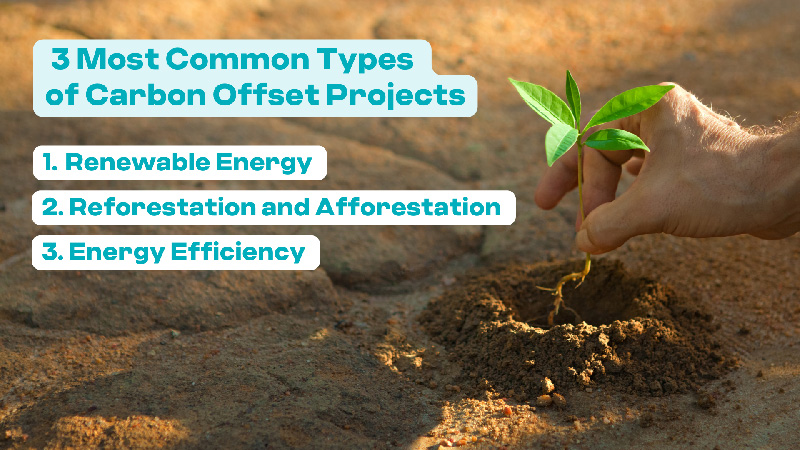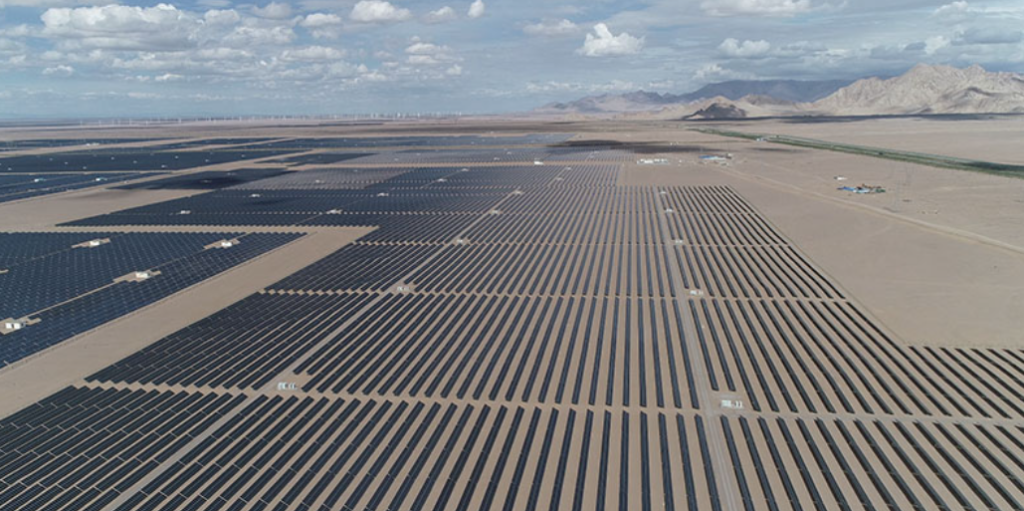Carbon offsetting allows individuals and businesses to accept responsibility for their carbon emissions and reduce their impact on climate change. It involves funding carbon offset projects that effectively reduce or remove CO2 from the atmosphere, such as renewable energy or reforestation. The purpose of carbon offsetting is to balance out or “offset” the emissions that an individual or corporation is responsible for by supporting environmental projects.
What is the role of carbon offsetting in addressing climate change?
Carbon offsetting is a way to mitigate climate change by lowering the overall amount of greenhouse gases in the atmosphere. Carbon offsetting has grown in popularity in recent years because it allows individuals and businesses to take action on combatting climate change when they are unable to decrease their own emissions to zero. One example is a manufacturing corporation that relies on fossil fuels to run its operations. While the corporation may not be able to transition to renewable energy completely overnight, it can participate in renewable energy projects such as wind or solar farms through carbon offsetting. By investing in a renewable energy plant, the corporation can offset its own emissions and minimize its overall carbon impact.
What are the various categories of carbon offset initiatives?

Carbon offset projects come in a variety of forms, each with its own unique agenda. Some of the most well-known types include:
Renewable energy projects
These initiatives are a type of carbon offset project in which electricity is generated from renewable sources such as solar, wind, or hydropower.

These projects are intended to reduce the usage of fossil fuels and emissions, as renewable energy sources release far fewer greenhouse gases than fossil fuels. Investing in renewable energy projects can help people and businesses lower their overall carbon footprint and promote the transition to a more sustainable energy system. Furthermore, renewable energy projects can provide numerous benefits to the areas in which they are located, such as job creation, improved access to electricity, and economic development.
Reforestation and Afforestation projects
These projects involve planting trees that absorb CO2 from the atmosphere as they grow. These projects can assist to remove CO2 from the atmosphere, thereby offsetting human-caused emissions. Reforestation efforts can also help to maintain biodiversity and improve the livelihoods of local communities. Plants and trees help to conserve wildlife habitat, increase soil quality, and reduce soil erosion. These initiatives can also serve to improve air and water quality, as well as provide recreational and educational possibilities.
Energy Efficiency projects
Energy efficiency projects seek to increase the energy efficiency of buildings and companies by lowering energy use, expenses, and emissions. These projects, which can be applied to both new and existing buildings, can provide benefits such as job creation, economic development, and better building comfort and safety.
How do You Choose the Right Carbon Offset Project?
When it comes to carbon offsetting, it is critical to ensure that the carbon offset projects that you choose to invest in are of high quality and have a real impact on lowering emissions. Looking for carbon offset projects that have been certified by a third-party standard, such as the Verified Carbon Standard (VCS) or the Gold Standard, is one way to accomplish this. These guidelines ensure that carbon offset projects meet specific requirements and criteria, such as being additional (meaning that the project would not have occurred without the offset) and having a long-term and measurable impact on reducing emissions.
Carbon offsetting can help to mitigate climate change, but it is crucial to note that it is not a replacement for lowering emissions at the source. Carbon offsetting is best utilized as a supplement to other techniques for reducing emissions, such as energy efficiency, renewable energy, and sustainable mobility.
Offset your Carbon Emissions Now
To summarize, carbon offsetting can be a useful tool for enterprises and companies looking to decrease their carbon footprint. Businesses can offset their emissions and take an essential step toward decreasing their overall carbon footprint and mitigating the effects of climate change by investing in high-quality, verified carbon offset projects situated near the source of emissions.
Our carbon offset project portfolio extends beyond carbon reduction. Our project portfolio meets ten of the UN Sustainable Development Goals (SDGs), ranging from sustainable energy and forestry to providing clean water sources. By offsetting carbon emissions with us, you will be credited with carbon reduction and social development accomplishments, giving your initiative more purpose.




